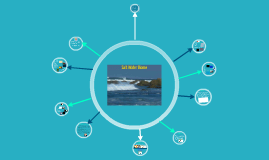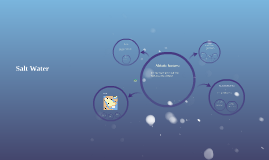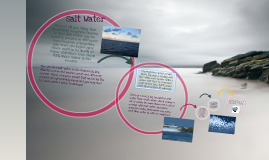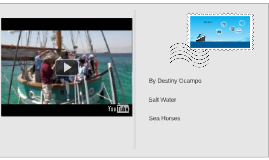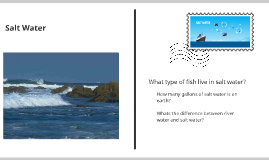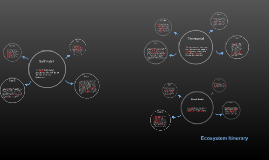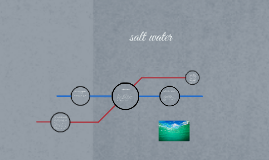salt water
Transcript: mutual ism example. anemones have a mutual ism relationship with Boxer crabs Our ecosystem model shows the ocean floor and our animals are sharks, flatworms, clown fish, and other animals Plant life includes seaweed, algae, dark star, sea-cactus, fungi, ocean Lilly, saltwater ecosystem is all of our oceans plus other small streams and ponds or lakes found around the world. salt water oceans are usually 62.2 degrees Fahrenheit salt water salt water there are many species like (these are just general fish species not all species included) there are many plant species like f u n f a c t mammals like sharks, whales, dolphins, eels, and otters deep pressure animals like flatworms, sea stars, seabirds like frigate birds, albatross, gulls, pelicans, and ducks other fish like clown fish, flounder, marlin, and tuna odd and end animals like plankton, jellyfish, and turtles shellfish like lobsters, crabs, and clams did you know that the ecosystems also known as Marin. Did you know that the ocean occupy is nearly salt water. did you know that salt water is another word for naturally occurring. did you know that salt water is important to our environment. Did you know that drowning in salt water is different from drowning in fresh water draws blood out of your cells into your own blood Cool Fact About Salt Water Did you know that a oceans a huge body of salt water. Did you know that the ocean cover nearly 71% of all the water on Earth.






